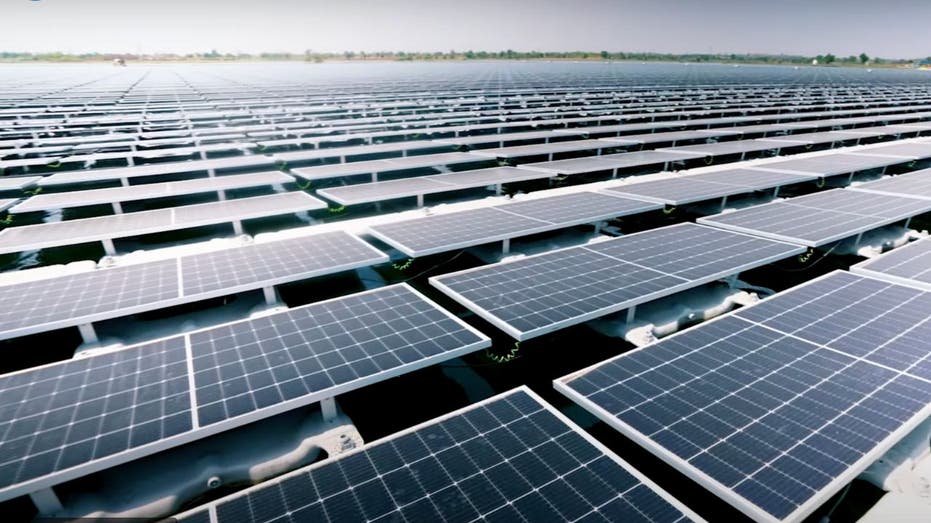India’s Groundbreaking Floating Solar Power Plant Makes Waves

The Rise of Floating Solar Technology
While solar power farms on land have become commonplace, India is now making headlines with its latest innovation: the Omkareshwar Floating Solar Park in Madhya Pradesh. This pioneering project stands as the largest floating solar park in the country, setting a new benchmark in the renewable energy sector and significantly contributing to India’s green energy goals.
A Monumental Engineering Achievement
Developed by Tata Power Renewable Energy Limited (TPREL), this ambitious floating solar project boasts an impressive capacity of 126 MW. The installation utilizes 213,460 bifacial glass-to-glass solar modules spread over an expansive 260 hectares (or 642 acres) of water surface between the Indira Sagar and Omkareshwar hydroelectric reservoirs. The advanced technology behind these panels is expected to generate an astounding 204,580 MWh of clean energy annually, enough to power thousands of homes in the vicinity.
Larsen & Toubro (L&T), a global frontrunner in renewable energy solutions, has also made significant contributions to the Omkareshwar project. By successfully commissioning a 90 MW floating solar power plant, L&T has underscored its expertise in implementing innovative renewable energy solutions and reaffirmed its dedication to sustainable development.
Innovative Features for Enhanced Performance
The Omkareshwar Floating Solar Park is more than just a collection of solar panels on water. This project incorporates several innovative features designed to enhance stability and efficiency, such as robust mooring systems, wave breakers, and ballast anchors to withstand varying weather conditions. A flexible cableway system also allows the structure to adapt to fluctuating water levels and high winds. Notably, the project is home to the world’s largest floating inverter platform, setting a new standard in floating solar technology.
Environmental Benefits Beyond Energy Production
The advantages of this floating solar installation extend well beyond generating clean electricity. By providing shade over the reservoir, the plant helps significantly reduce water evaporation, conserving approximately 32.5 million cubic meters of water annually. Using water bodies for energy production also frees up valuable land for agricultural and other critical purposes. Moreover, TPREL’s project is projected to offset an impressive 173,893 tonnes of CO2 emissions each year, contributing substantially to India’s climate action goals.
Leading the Charge in Renewable Energy
India’s investment in floating solar technology not only aims to reduce its carbon footprint but also showcases pioneering solutions to global energy challenges. As the country seeks to expand its renewable energy capacity, projects like the Omkareshwar Floating Solar Park highlight India’s commitment to achieving its ambitious target of 500 GW of non-fossil fuel energy capacity by 2030. This progress positions India as a leader in the global shift towards sustainable energy, emphasizing the potential of floating solar technology to meet future energy demands.
Join the Conversation
What are your thoughts on the initial costs of floating solar installations compared to their increased efficiency and long-term savings? Share your opinions with us.
For more insights, tech tips, and security alerts, subscribe to our newsletter.
Stay Informed
For the latest updates and expert advice, be sure to follow us on our social channels. Your questions and story suggestions are always welcome!
Copyright 2025 CyberGuy.com. All rights reserved.